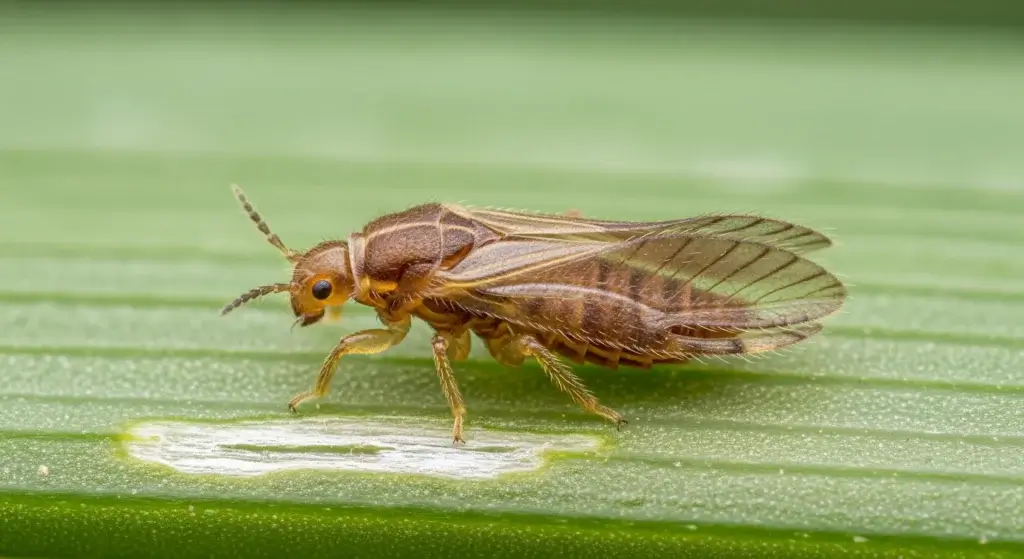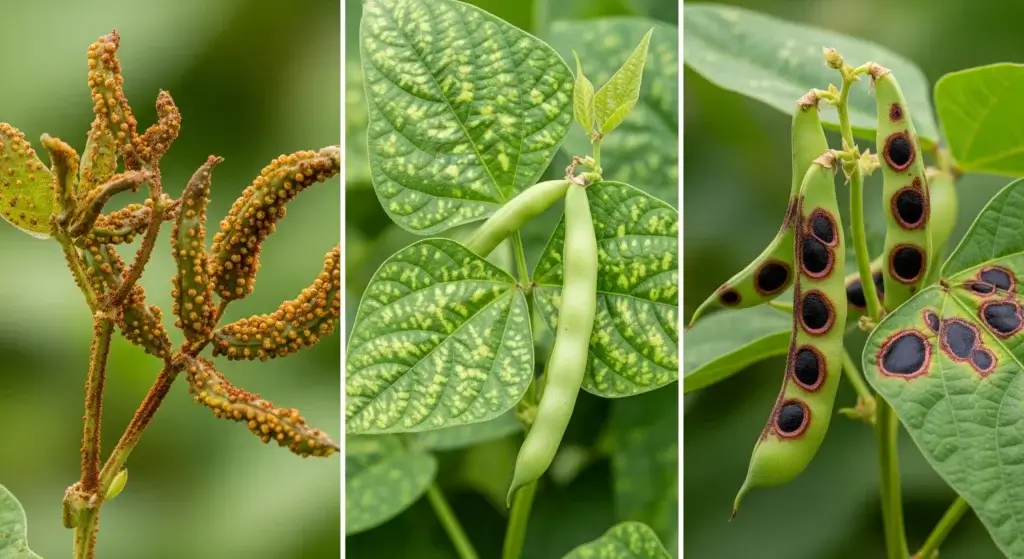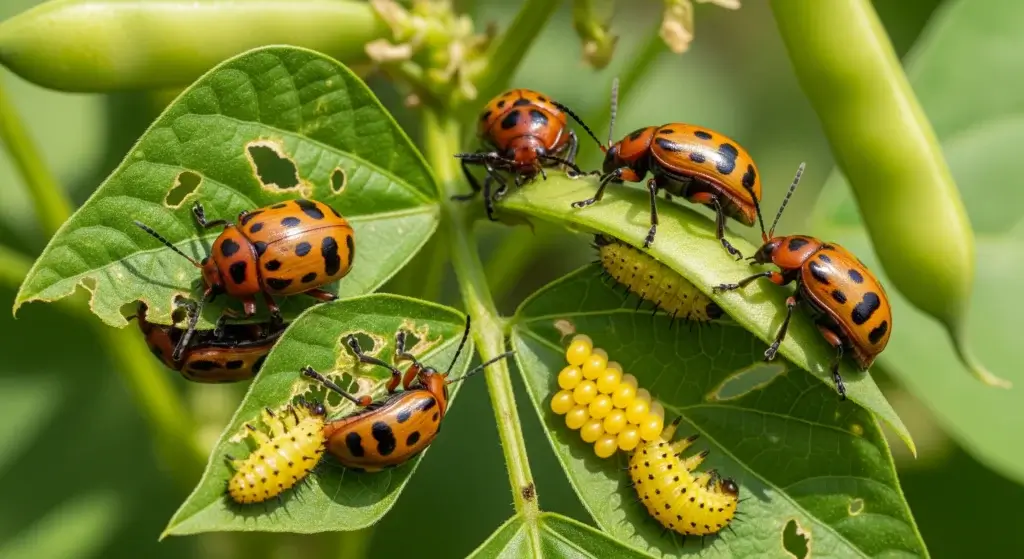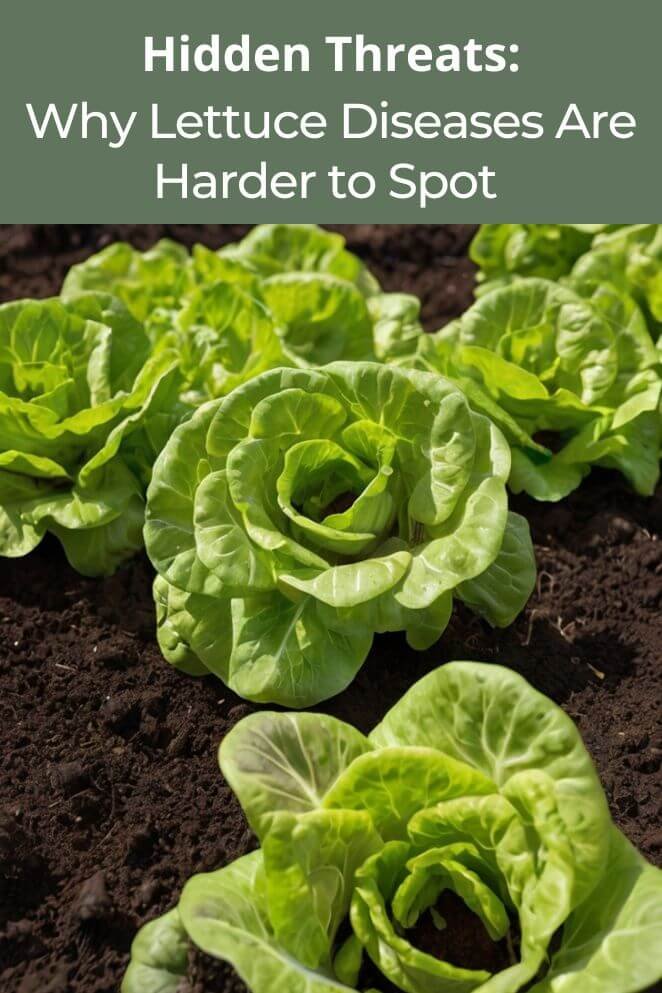
Lettuce is a staple in home gardens and commercial farms, but many growers struggle to detect diseases until it’s too late.
Unlike other crops, lettuce doesn’t always show obvious signs of infection right away.
Many diseases start subtly, hiding under dense foliage or mimicking common plant stressors.
If left unnoticed, these diseases can quickly spread, leading to poor yields and crop losses.
Understanding why lettuce diseases are difficult to detect and learning how to spot them early can help protect your harvest.
The Sneaky Nature of Lettuce Diseases
Hidden symptoms
Many diseases start in hard-to-see areas, like underneath the leaves or at the base of the plant.
Fungal infections, for example, thrive in humid conditions and often develop out of sight.
By the time they’re visible, the infection may already be well established.
Gradual changes
Lettuce diseases often develop slowly, unlike sudden pest damage.
Early signs like small yellow spots, slight curling, or mild discoloration can be easy to overlook.
By the time these symptoms become obvious, the disease may have already taken hold.
Variety of symptoms
Lettuce diseases don’t always look the same.
Some cause wilting, while others lead to spots, discolored leaves, or mold growth.
This inconsistency makes it challenging for growers to quickly identify and address the problem.
- Read also: Caring Your Lettuce: How to Prevent Bolting in Lettuce Plants
- Read also: Growing Green: A Guide to Natural Pesticides for Lettuce
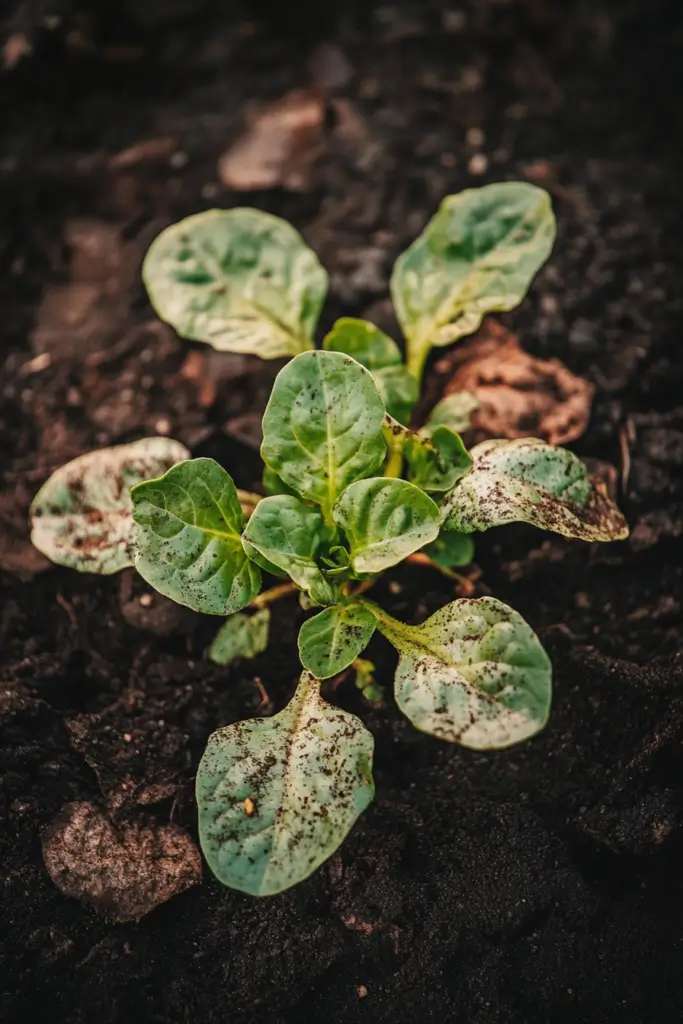
Factors That Make Detection Difficult
Leaf density
Lettuce grows in tightly packed heads or clusters, which can hide diseases, especially in the lower leaves.
These lower leaves often trap moisture and have limited airflow, creating a perfect environment for infections to start.
Since the upper leaves cover them, growers may not notice the problem until the disease has already spread.
Weather conditions
Humidity, temperature changes, and rain can encourage fungal and bacterial diseases.
However, these conditions can also cause symptoms that look similar to disease.
For example, both heat stress and downy mildew can cause wilting and yellowing, making it hard to tell the difference without closer inspection.
Lack of experience
New growers might not recognize early signs of disease.
Small changes like discoloration or spots on leaves can seem like normal variations, leading to delayed action.
Without experience, it’s easy to miss these subtle signs until the disease becomes more serious and harder to manage.
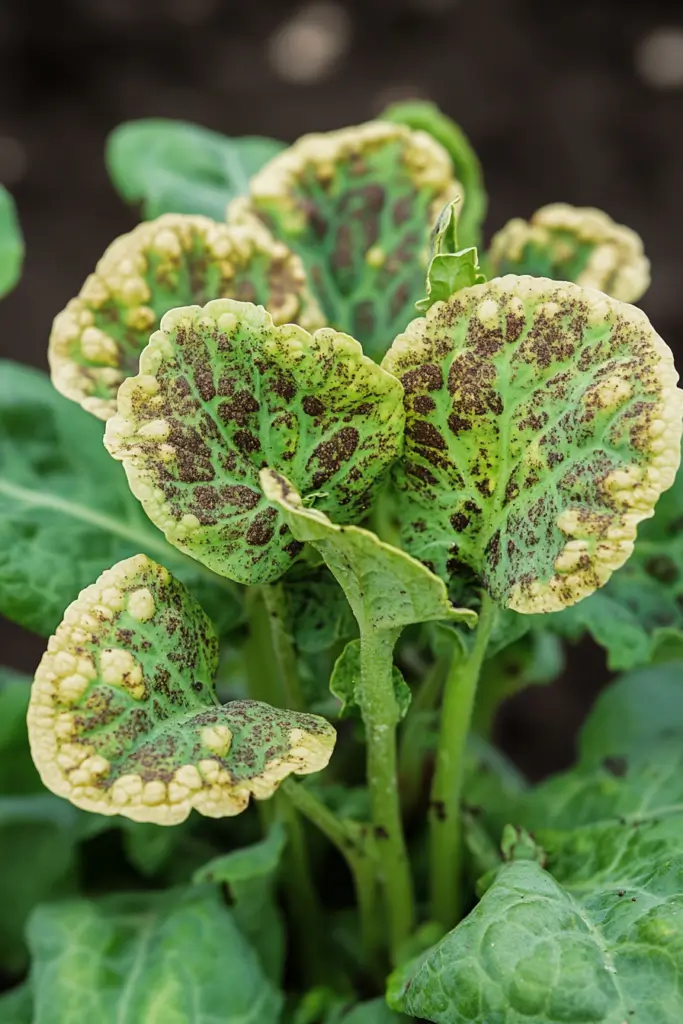
Tips for Spotting Lettuce Diseases Early
Regular inspection
Make it a habit to inspect your lettuce a few times a week.
Focus on the lower leaves, where diseases often start.
Look underneath the leaves and at the base of the plant for any unusual signs.
A quick check can help you catch issues before they become serious.
Look for subtle changes
Early signs of disease can be small and easy to miss.
Watch for things like tiny brown spots, yellowing edges, or leaves that look slightly wilted.
These small changes can be early warnings of bigger problems, so take them seriously.
Know common diseases
Understanding the most common lettuce diseases can help with early detection. Some key diseases to watch for include:
- Downy mildew – Yellow patches on leaves, white mold underneath
- Powdery mildew – White, powdery coating on leaves
- Bacterial leaf spot – Small black or brown spots with yellow halos
- Fusarium wilt – Wilting, yellowing, and stunted growth
- Bottom rot – Soft, decayed areas at the base of the plant
Good garden practices
Preventative care is the best way to keep lettuce healthy. To reduce the risk of disease:
- Improve airflow: Space plants properly and trim lower leaves if needed.
- Water smart: Avoid overhead watering, as wet leaves promote fungal growth.
- Rotate crops: Don’t plant lettuce in the same spot every year to prevent soil-borne diseases.
- Use disease-resistant varieties: Some lettuce varieties are bred for resistance to common diseases.
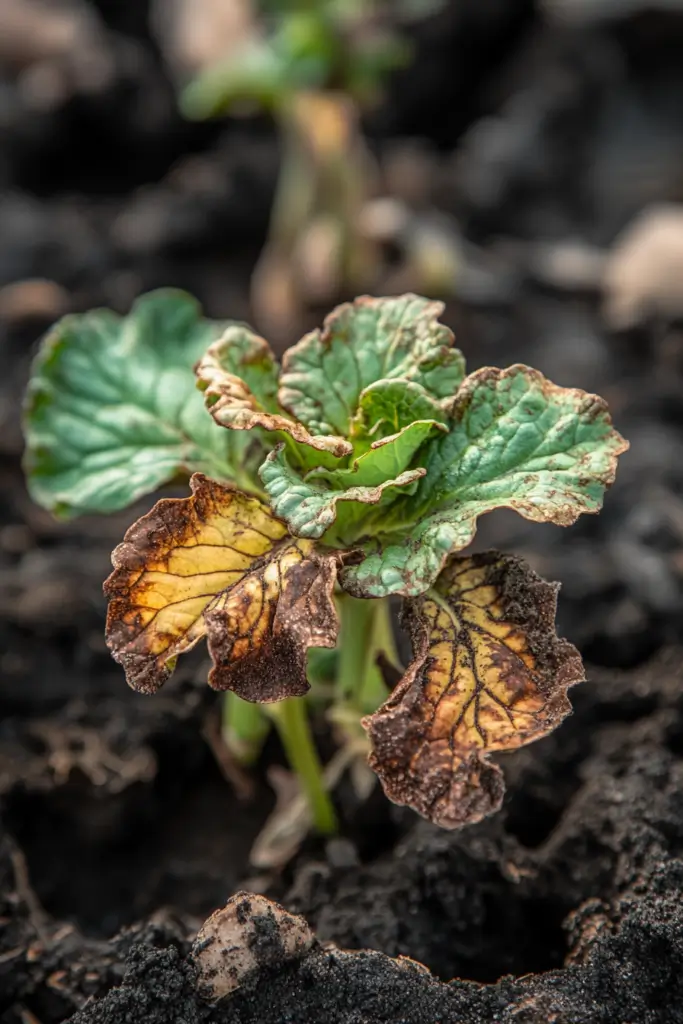
- Read also: Protect Your Greens: The Hidden Risks of Ignoring Lettuce Diseases
- Read also: The Truth About Natural Pesticides for Lettuce: What Really Works?
Final Thoughts
Lettuce diseases can be tricky to spot, but with regular inspections and good gardening practices, you can catch issues early.
By understanding why detection is difficult and learning to recognize early symptoms, you’ll improve your chances of maintaining a healthy crop.
Stay vigilant, observe your plants closely, and take action at the first sign of trouble to keep your lettuce thriving.

